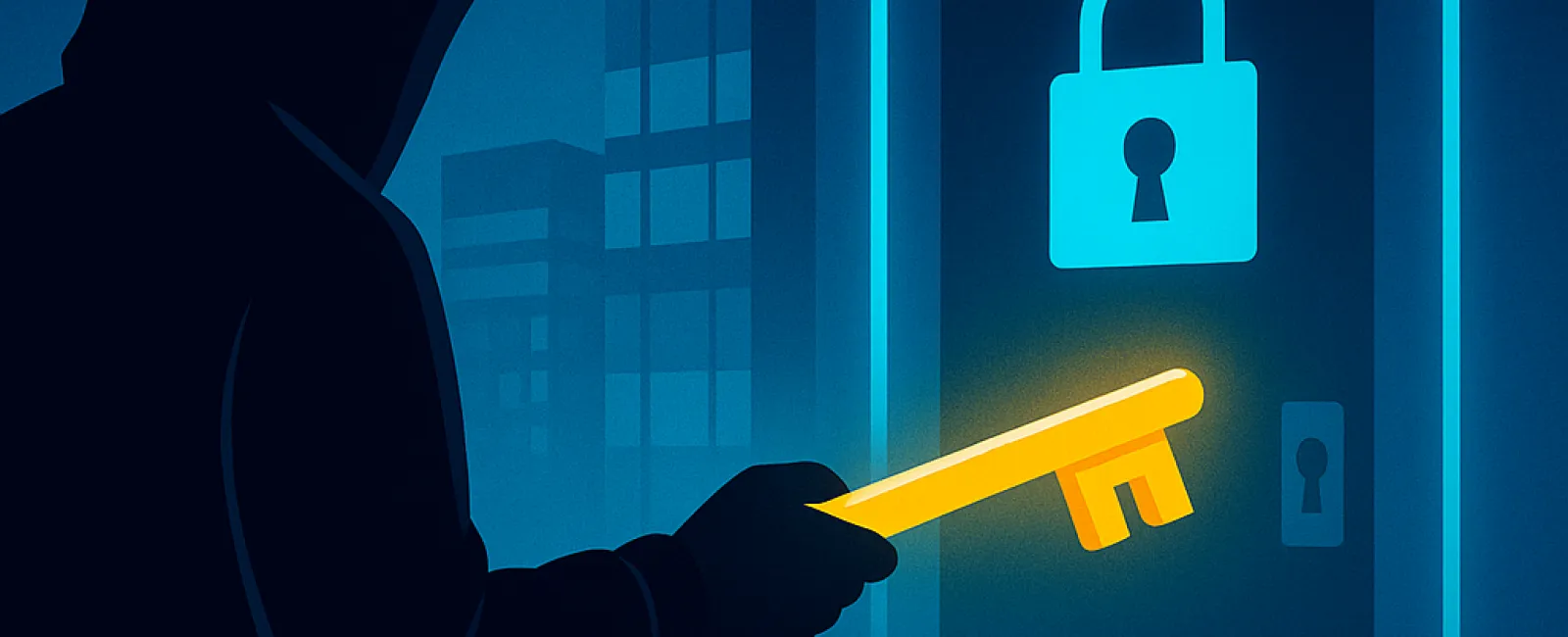August 03, 2025
Cybercriminals are evolving their tactics to target small businesses more effectively. Instead of forceful break-ins, they now gain access by exploiting your most valuable asset: your login credentials.
This method, known as identity-based attacks, is rapidly becoming the leading cause of security breaches. Hackers steal passwords, deceive employees with convincing phishing emails, and overwhelm users with repeated login prompts until someone inadvertently grants access. Sadly, these strategies are proving highly effective.
Recent studies reveal that 67% of major cybersecurity incidents in 2024 stemmed from compromised login details. Even industry giants like MGM and Caesars suffered such breaches the year prior—proving that no organization is immune, including small businesses.
How Do Hackers Breach Your Defenses?
While many attacks begin with stolen passwords, hackers are employing increasingly sophisticated tactics:
· Phishing emails and counterfeit login pages trick employees into revealing sensitive information.
· SIM swapping enables thieves to intercept text messages used for two-factor authentication (2FA).
· Multifactor Authentication (MFA) fatigue attacks bombard your device with login requests until you accidentally approve one.
They also target personal employee devices and external vendors, such as help desks or call centers, to find backdoor entry points.
Essential Steps to Shield Your Business
The good news? You don't need to be a cybersecurity expert to safeguard your company. Implementing a few strategic measures can significantly reduce your risk:
1. Enable Multifactor Authentication (MFA)
Add an extra layer of security by requiring a second verification step during login. Opt for app-based or security key MFA methods, which are far more secure than SMS-based codes.
2. Educate Your Team
Your employees are your first line of defense. Train them to identify phishing scams, suspicious emails, and unusual login requests—and establish clear protocols for reporting potential threats.
3. Restrict Access Privileges
Limit user permissions to only what's necessary for their roles. This minimizes the damage if an account is compromised.
4. Adopt Strong Password Practices or Go Passwordless
Encourage the use of password managers or advanced authentication tools like fingerprint scanners and security keys that eliminate reliance on passwords.
The Bottom Line
Hackers relentlessly pursue your login credentials with ever-more inventive methods. Staying one step ahead doesn't require you to go it alone.
We're here to help you implement robust security measures that protect your business without complicating your team's workflow.
Worried about your business's vulnerability? Let's talk. Click here or give us a call at 1300 765 014 to book your 15-Minute Discovery Call.




